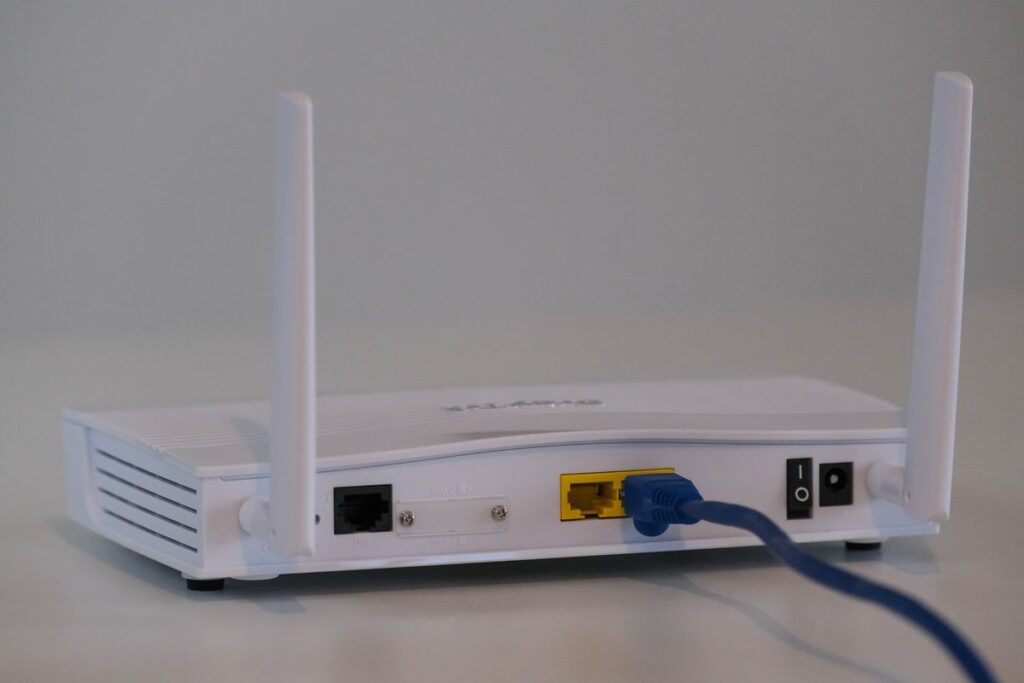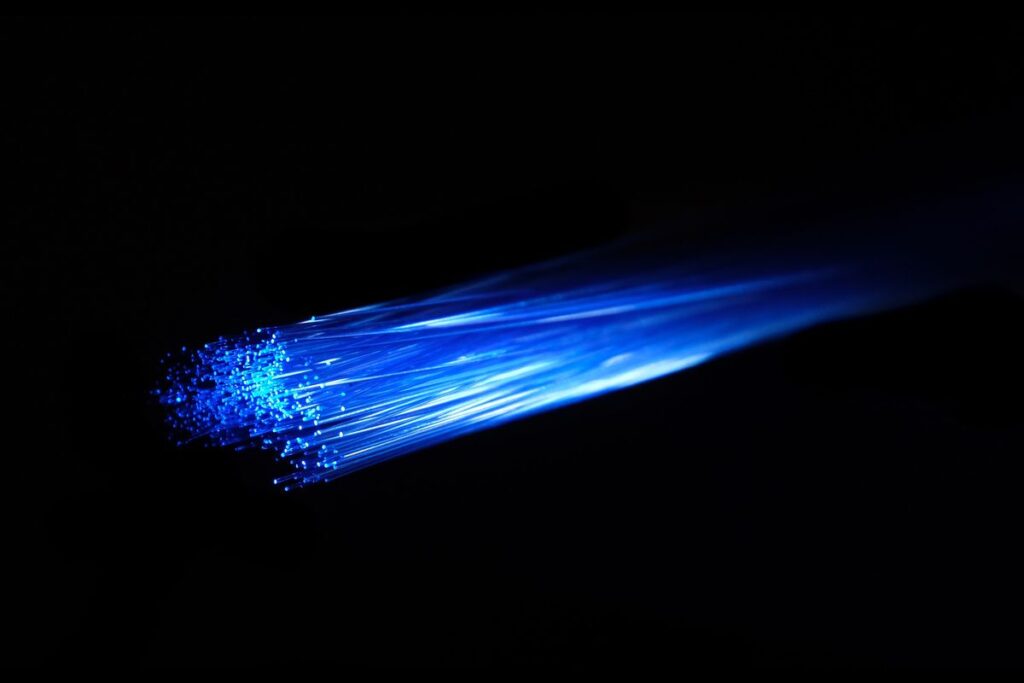Fiber broadband is a technology that uses fiber-optic cables to send data over long distances, known as “long-haul” transmission. This article will go into detail about the difference between fibre and full fibre broadband, the benefits of both, and how you can enjoy faster internet speeds today!
What is Fibre Broadband?
Fibre broadband is a type of broadband connection that uses fibre optic cables to deliver fast, reliable internet access. Fibre broadband is often advertised as being much faster than standard broadband, and it can be – but speeds can vary depending on a number of factors.
Full fibre broadband is the latest and fastest type of fibre broadband, offering speeds of up to 1Gbps (1000Mbps). Full fibre is currently only available from a handful of providers, but it is gradually becoming more widely available.
If you’re thinking about upgrading to fibre broadband, it’s worth doing some research to see if it’s available in your area and what speeds you can expect. You can use our postcode checker to find out which providers offer fibre broadband in your area.
What is Full Fibre Broadband?
If you’re considering upgrading your broadband connection, you may have come across the term ‘full fibre’. But what is full fibre broadband, and what’s the difference between it and standard fibre broadband?
Put simply, full fibre broadband is a newer, faster type of fibre optic broadband. It uses a different technology to standard fibre, which means it’s capable of much higher speeds – up to 1Gbps in some cases. So if you’re looking for a super-fast broadband connection, full fibre is definitely the way to go.
There are a few other advantages of full fibre over standard fibre too. For example, full fibre is less likely to be affected by bad weather or line problems, and it’s also more reliable and consistent in terms of speed.
The only downside of full fibre broadband is that it’s not currently available in all areas. However, coverage is expanding all the time, so it’s worth checking to see if it’s available in your area.
If you’re after a fast and reliable broadband connection, full fibre is definitely the way to go.
The Benefits of Fibre Broadband
There are many benefits of fibre broadband over traditional copper broadband. Fibre broadband is faster, more reliable, and can offer significantly higher speeds than copper broadband. Fibre broadband is also less likely to be affected by bad weather or line problems, and can offer a more consistent connection.
The Benefits of Full Fibre Broadband
There are many benefits of full fibre broadband over traditional fibre broadband. Full fibre broadband is faster, more reliable, and has lower latency. This means that you can do more online activities without experiencing any slowdown. Additionally, full fibre broadband is less likely to experience any type of service interruption.
Conclusion
The difference between fibre and full fibre broadband is speed. Full fibre broadband is much faster than fibre broadband, and it’s also more reliable. If you’re looking for the fastest possible speeds, then full fibre broadband is the way to go. However, if you’re not concerned about speed and just want a reliable connection, then either option will work well for you. We recommend a dedicated server from a full-fiber-occupied data center.



